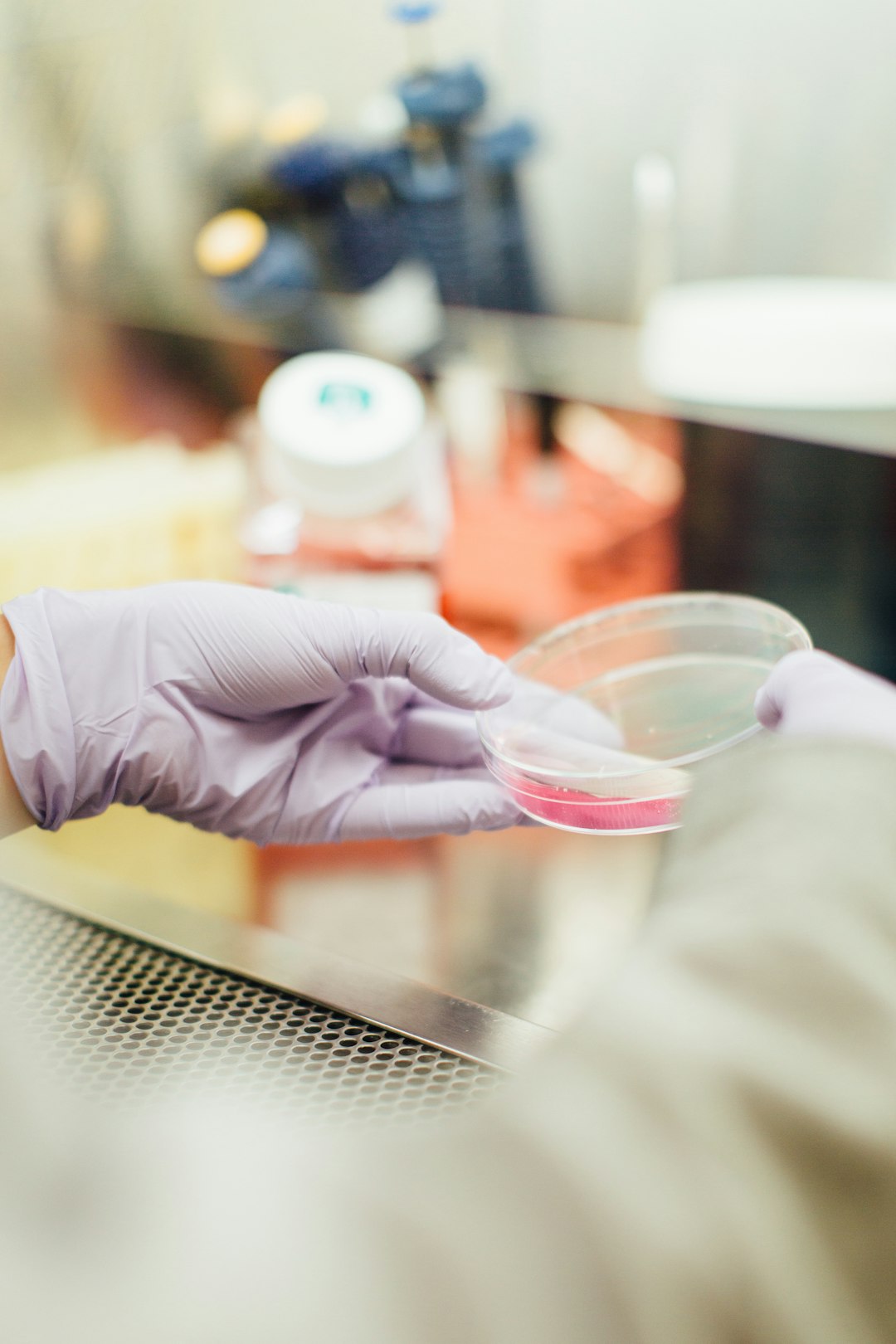
Elevating AI Efficiency: Leveraging Tethering and Deep Learning for Seamless Testbed Development
As artificial intelligence (AI) continues to permeate various industries, the demand for efficient development and testing environments becomes increasingly critical. Elevating AI efficiency through innovative methods such as tethering and deep learning can lead to seamless testbed development. This article explores these concepts, their significance, and practical applications that can enhance AI development processes.
Understanding Tethering in AI Development
Tethering, in the context of AI, refers to the process of connecting various components of a system to enable efficient data sharing and communication. This method is particularly relevant in developing AI models that require vast amounts of data to learn and improve. By utilizing tethering, developers can create a networked environment where data can flow freely between devices, cloud storage, and local processing units.
Benefits of Tethering
-
Enhanced Collaboration: Tethering facilitates collaboration among teams by allowing multiple developers to access shared resources and datasets. This can lead to faster iterations and improvements in AI models.
-
Resource Optimization: By connecting devices and leveraging their collective computational power, tethering optimizes resource usage, ensuring that no single device is overburdened while others remain idle.
-
Real-Time Data Processing: Seamless data transfer through tethering enables real-time data processing, which is essential for applications that require immediate feedback, such as autonomous vehicles and online recommendation systems.
The Role of Deep Learning
Deep learning, a subset of machine learning, employs neural networks with multiple layers to analyze vast amounts of data. This approach has revolutionized AI by enabling more complex models that can learn intricate patterns and make highly accurate predictions.
Current Developments in Deep Learning
Deep learning is advancing rapidly, with various techniques emerging to tackle different challenges. Some notable developments include:
-
Transfer Learning: This technique allows a model trained on one task to be adapted for another, significantly reducing the time and data required for training.
-
Generative Adversarial Networks (GANs): GANs have gained popularity for their ability to generate realistic images and data, which can be utilized for training AI models without the need for extensive datasets.
-
Explainable AI (XAI): As deep learning models become more complex, understanding their decision-making process is crucial. XAI aims to make AI systems more transparent, allowing users to comprehend and trust AI recommendations.
Practical Applications of Tethering and Deep Learning
The integration of tethering and deep learning has led to numerous practical applications that enhance AI efficiency. Here are a few examples:
1. Autonomous Vehicles
Autonomous vehicles utilize deep learning algorithms to process data from sensors and cameras. Tethering allows these vehicles to communicate with each other and share critical data in real-time, improving safety and navigation.
2. Smart Home Devices
In smart homes, various devices connect through tethering to share data and insights. Deep learning algorithms analyze this data to automate tasks and enhance user experiences, such as optimizing energy consumption based on usage patterns.
3. Healthcare Diagnostics
AI systems in healthcare leverage deep learning to analyze medical images and patient data. Tethering enables seamless sharing of data across different healthcare facilities, facilitating faster and more accurate diagnoses.
Expert Opinions
According to Dr. Jane Smith, an AI researcher at Tech Innovations, “The combination of tethering and deep learning is a game-changer in developing efficient AI systems. It allows us to harness the power of distributed computing and vast datasets to enhance model accuracy and speed up development cycles.”
Conclusion
Elevating AI efficiency through tethering and deep learning represents a significant step forward in seamless testbed development. By fostering collaboration, optimizing resources, and enabling real-time data processing, these technologies are paving the way for innovative applications across various industries.
For those looking to delve deeper into the subject, consider exploring additional resources such as:
Engaging with these resources can broaden your understanding and help you apply these concepts effectively. Feel free to share this article with peers who might find it useful, and consider subscribing to technology newsletters for continuous updates on innovations in AI.
Glossary of Terms
- Tethering: Connecting devices to share resources and data.
- Deep Learning: A subset of machine learning utilizing neural networks with multiple layers.
- Transfer Learning: Adapting a pre-trained model for a new task.
- Generative Adversarial Networks (GANs): A type of neural network for generating new data instances.
By understanding and implementing these concepts, developers can significantly enhance their AI projects’ efficiency and effectiveness, ensuring they remain at the forefront of technological advancement.


